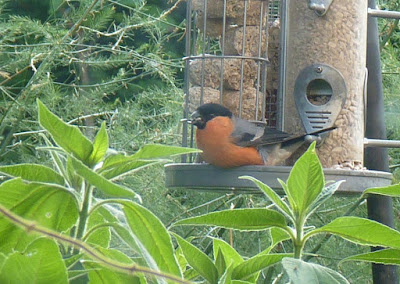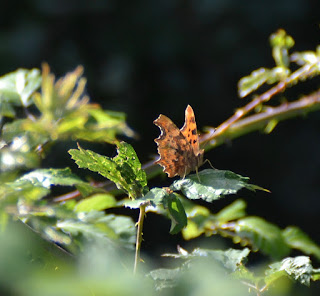The other day I wrote about how those pesky brambles and thistles that tear our clothes and prick our skins are really important for butterflies bumble bees and other insects. In my excitement at finding so many butterflies and bees I overlooked that other nuisance plant, the stinging nettle. Well, a nuisance to us intolerant homo-eccentric humans that is (excepting the foragers who will find a meal in almost anything that grows).
Stingers host 5 different colourful species of butterfly (
source) Comma, Small Tortoiseshell, Peacock and Painted Lady (summer visitor). The Welcome Hills and the Rowley Fields have masses of nettles at the margins and yes, they can be a nuisance. However, when you're next out, pause and look closely. If you see fine webs near the nettle tops these could be a sign that there are Small Tortoiseshell or Peacock caterpillars about. The caterpillars produce a fine silk which is spun into a web for protection. Look also for a curled up nettle leaf which could be where the Tortoiseshell caterpillar retreats. It spins a thread at both edges of a leaf which dries and contracts pulling the edges together to form a nest. Small black droppings are also a clue.
At the moment the Peacock caterpillars are out munching so don't destroy those nettles just yet.
 |
| Peacock caterpillar on nettle - Welcome Hills July 2017 |
 |
| Small Skipper on thistle - Clopton Park July 2017 |
 |
| Marbled White on bramble - Clopton Park July 2017 |
Short video clip of Marble White and Ringlet butterflies Welcome Hills July 2017




























